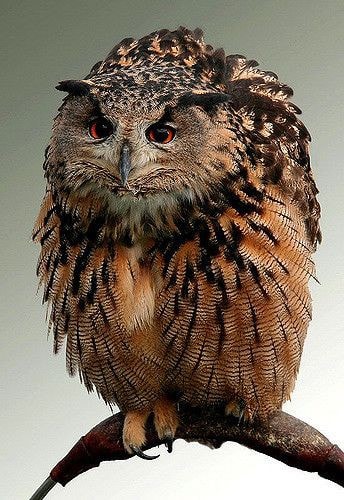Página inicial > Sophia Perennis > Frithjof Schuon > Schuon: L’art vestimentaire
 Schuon: L’art vestimentaire
Schuon: L’art vestimentaire
sexta-feira 21 de novembro de 2008, por
Original
Dans l’énumération des arts, on oublie trop l’art vestimentaire, qui pourtant a une importance aussi capitale, ou presque, que l’architecture. Il n’est sans doute pas de civilisation qui ait produit des sommets en toute chose; ainsi, le génie arabe, fait de virilité et de résignation, a produit l’un des costumes masculins les plus nobles et les plus sobres à la fois, tandis qu’il a négligé le costume féminin, destiné, en Islam, non à exprimer l’ « éternel féminin » comme le fait le costume hindou, mais à cacher les charmes séducteurs de la femme; le génie hindou par contre, qui divinise en quelque sorte la « femme-mère », a créé un costume féminin insurpassable par sa beauté, sa dignité, sa féminité. Un des costumes les plus expressifs - et les moins connus est celui des Peaux-Rouges avec son ruissellement de franges et ses ornements d’un symbolisme tout primordial : l’homme y apparaît dans la gloire solaire du héros, la femme dans la fière modestie de sa fonction impersonnelle. (Frithjof Schuon , Perspectives spirituelles et faits humains)
Cutsinger
When the arts are enumerated the art of dress is too often forgotten even though it has an importance as great, or almost as great, as architecture. Doubtless no civilization has ever produced summits in every field; thus the Arab genius, made of virility and resignation, has produced masculine garments of unsurpassed nobility and sobriety, whereas it has neglected feminine dress, which is not destined to express the “eternal feminine” in Islam as Hindu dress does, but to hide the seductive charms of woman; the Hindu genius, which in a certain sense divinizes the “wife-mother”, has on the other hand created a feminine dress unsurpassable in its beauty, dignity, and femininity. One of the most expressive—and least known—forms of dress is that of the American Indians, with its rippling fringes and its ornaments of a wholly primordial symbolism: here man appears in the solar glory of the hero and woman in the proud modesty of her impersonal function.
 PhiloSophia
PhiloSophia